1. Real-Time Water Quality Monitoring
Real-time water quality monitoring uses continuous sensors and AI analysis to maintain optimal aquarium conditions around the clock. Key parameters like temperature, pH, dissolved oxygen, and ammonia are tracked every few seconds, allowing immediate corrections if values start drifting from safe ranges. This proactive approach minimizes stress on fish and corals by preventing harmful swings in water chemistry. Automated alerts and adjustments (such as turning on aerators or dosing neutralizers) happen instantaneously, often before human caretakers would even notice a problem. Overall, AI-driven monitoring ensures a consistently healthy aquatic environment with far fewer manual tests.
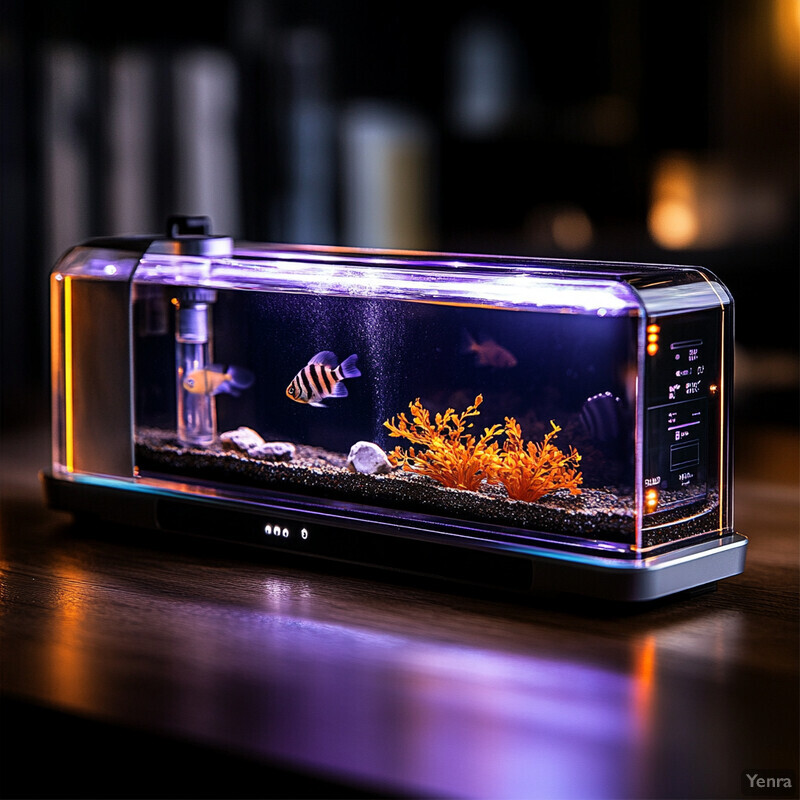
A 2025 study integrating IoT sensors with machine learning demonstrated the power of real-time monitoring – over 6,000 automatic water-quality interventions (adjusting oxygen, pH, turbidity, etc.) were made during the trial, keeping fish survival rates above 90% in tropical aquaculture tanks.
2. Predictive Water Parameter Adjustment
Beyond monitoring, AI can predict upcoming changes in water parameters and adjust systems in advance. By analyzing historical trends and real-time data, machine learning models forecast issues like a rising nitrate level or dropping pH before they become critical. This means filters, aerators, heaters, or dosing pumps can be tuned proactively – for example, increasing filtration flow just as ammonia starts to creep up, or adding buffer ahead of a pH dip. Such predictive adjustment smooths out fluctuations that would otherwise stress fish. It reduces the need for emergency corrections and manual guesswork, resulting in more stable long-term conditions with less intervention. In essence, the aquarium’s life-support reacts ahead of problems, not just after they occur.
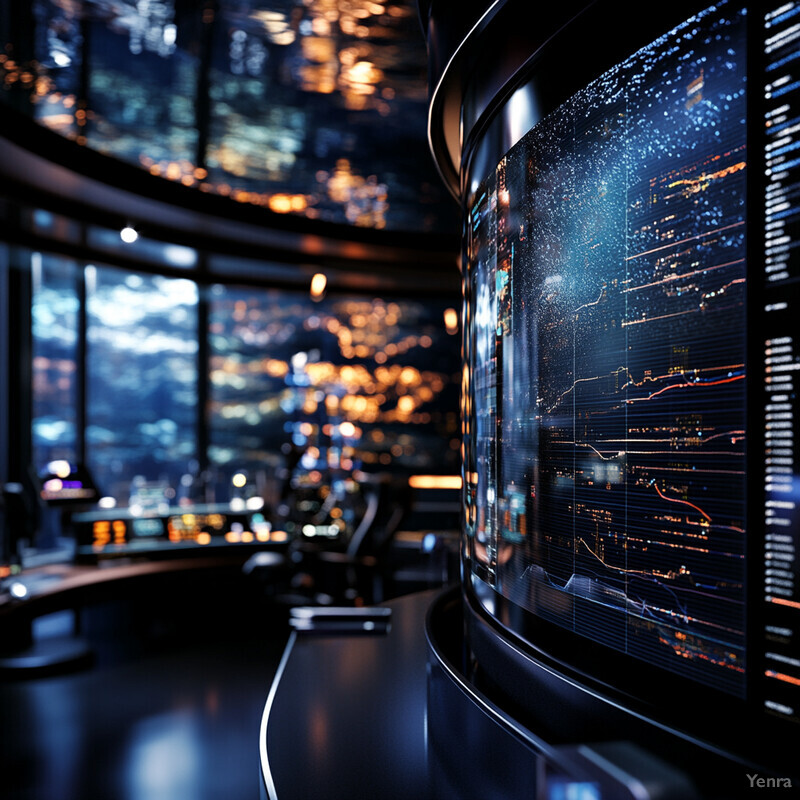
In aquaculture settings, combining sensor networks with AI predictive models has been shown to significantly cut down water-quality related losses – studies report up to a 30% reduction in fish stock losses when using such proactive IoT+ML systems, as compared to traditional reactive management.
3. Automated Feeding Routines
AI-powered feeding systems learn the feeding habits and needs of aquarium inhabitants and automate the entire feeding process with precision. By analyzing fish behavior (such as how quickly food is eaten or if any is left uneaten), the AI adjusts feeding schedules, portion sizes, and even diet composition over time. This optimization prevents overfeeding – a common issue that pollutes water – and ensures every fish gets enough nutrition. The result is healthier fish growth and less waste buildup. Automated routines can also tailor feeding to individual species in a mixed tank (for example, sinking pellets for bottom feeders, timed doses for diurnal vs. nocturnal fish). Overall, intelligent feeders reduce labor for the aquarist while providing more consistent and appropriate feeding than manual methods.
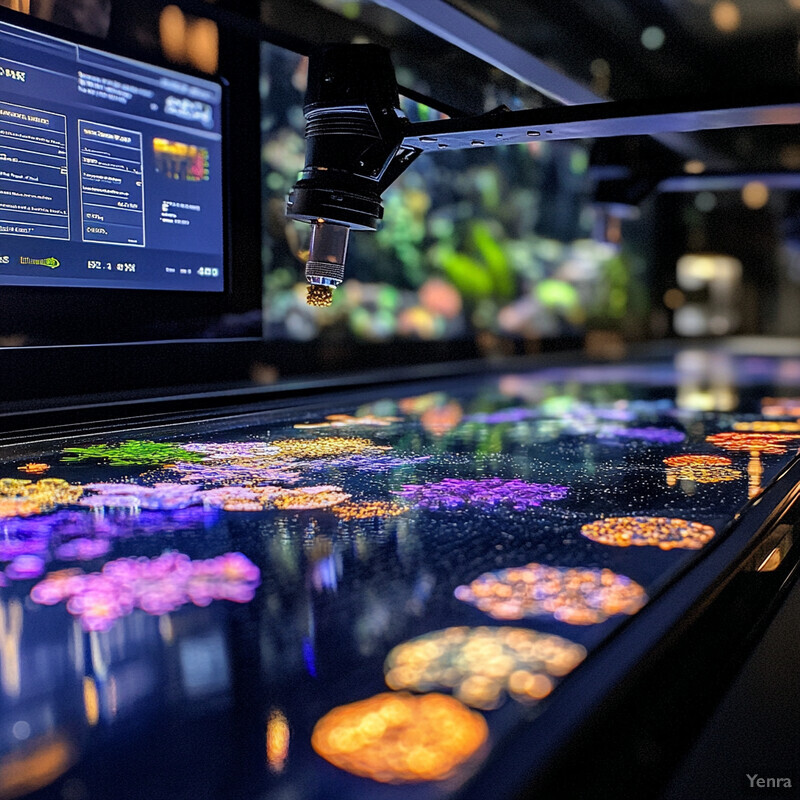
Early results from AI-guided aquaculture feeders are impressive – for instance, a Japanese fish farm reported that using an AI-driven feeding system cut the grow-out time of a certain tuna species by up to 4 months (from hatch to harvest), compared to fish raised with a standard feeder. This was achieved by continuously adjusting feed amounts via an AI “appetite index,” which reduced waste and optimized the fish’s diet.
4. Behavioral Analysis of Fish
AI-driven behavioral analysis allows caretakers to “watch” their fish through the eyes of a constant, unbiased observer. Using computer vision, the system tracks each fish’s movement patterns, interactions, and activity levels. Subtle changes in behavior (like a fish isolating itself, or altered swimming speed) are detected automatically. These can be early warning signs of stress, illness, or aggression issues that a human might miss until they become severe. By flagging anomalies in real time, the AI enables prompt interventions – perhaps a water quality check, a health examination, or separating an aggressive individual. Additionally, long-term behavior data helps in understanding social dynamics (e.g. schooling patterns or territory disputes) and optimizing tank conditions for the fishes’ natural behaviors. In summary, AI provides continuous behavioral surveillance, ensuring any “odd” fish behavior is noticed and addressed early to maintain a harmonious, healthy aquarium.
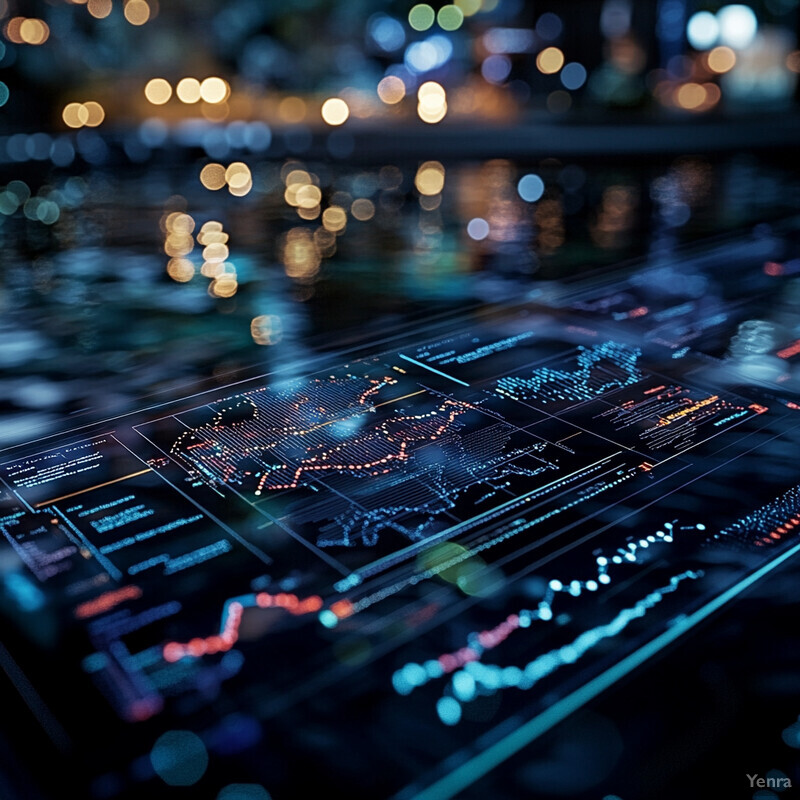
Researchers have developed computer vision models that can automatically identify and track fish behaviors with high reliability – one 2023 study achieved over 95% accuracy in detecting and classifying fish movement patterns in a tank. This level of precision means AI can closely monitor individual fish behavior nearly as well as a human expert watching full-time.
5. Disease Detection and Diagnosis
AI systems can act as vigilant “fish doctors,” continuously inspecting the tank’s inhabitants for any signs of disease. High-resolution cameras, combined with machine learning, analyze visual cues on fish – such as spots, discoloration, clamped fins, or lesions – as well as behavioral symptoms like labored breathing or erratic swimming. By training on large datasets of images and cases, these models can recognize early manifestations of common illnesses (fin rot, ich, fungal infections, etc.) often before a human notices something is wrong. When a potential issue is flagged, the system can alert the aquarist with the likely diagnosis, enabling quick isolation and treatment of the affected fish. Early detection is critical in preventing an illness from spreading in the closed aquarium environment. Ultimately, AI-driven diagnosis means problems are caught at a stage when treatments are most effective, thereby greatly improving survival rates and reducing the severity of outbreaks.
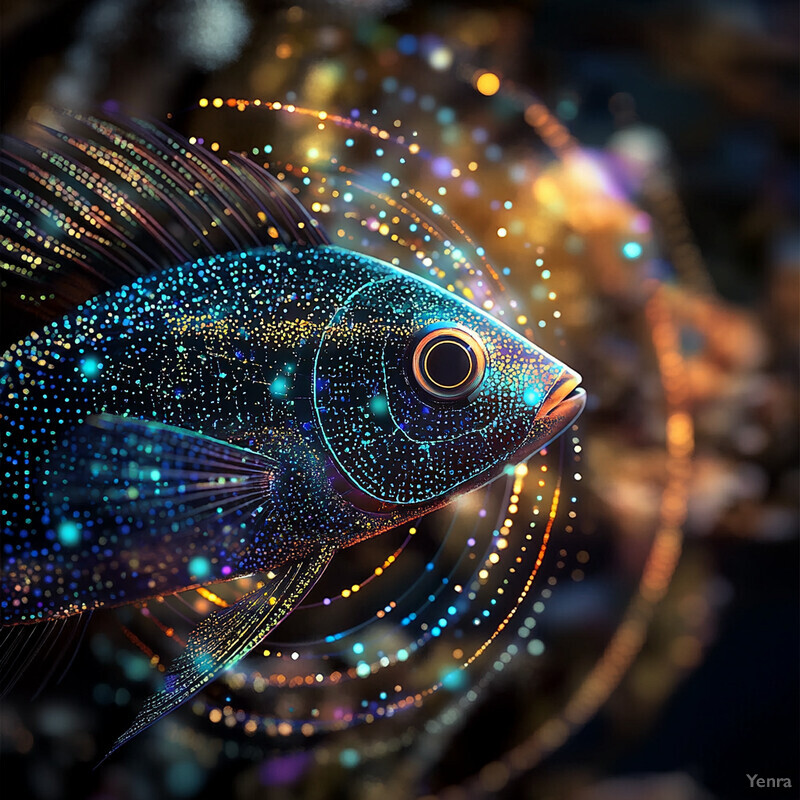
Machine learning is remarkably effective at identifying fish diseases from images – in one recent experiment, a convolutional neural network could classify 7 different freshwater fish diseases with 99.7% accuracy, based on subtle patterns and lesions in photos. Such near-perfect diagnostic performance illustrates how AI can drastically outperform routine visual inspections in catching disease early.
6. Automated Lighting Control
AI-managed lighting systems mimic natural day-night and seasonal light cycles to benefit aquarium life. Instead of fixed timers, an AI adjusts the intensity and spectrum of lights based on feedback from the tank’s needs – ramping up in the morning, dimming at night, and even simulating longer days in summer or moonlight phases. This dynamic control provides fish and invertebrates with a more natural circadian rhythm, reducing stress (since many fish rely on gradual light changes to know when to feed or rest). For planted tanks and coral reef aquariums, the AI can tune the light spectrum to the ideal wavelengths that maximize photosynthesis and growth. It might, for example, use red/blue-heavy light for plant growth periods or actinic blue for corals. The system can also dial back lighting if sensors or image analysis indicate algae starting to overgrow, thus preempting algae blooms. In sum, smart lighting creates an optimal lighting environment that promotes healthy plant/coral growth and normal animal behavior while also saving energy when full brightness is not needed.
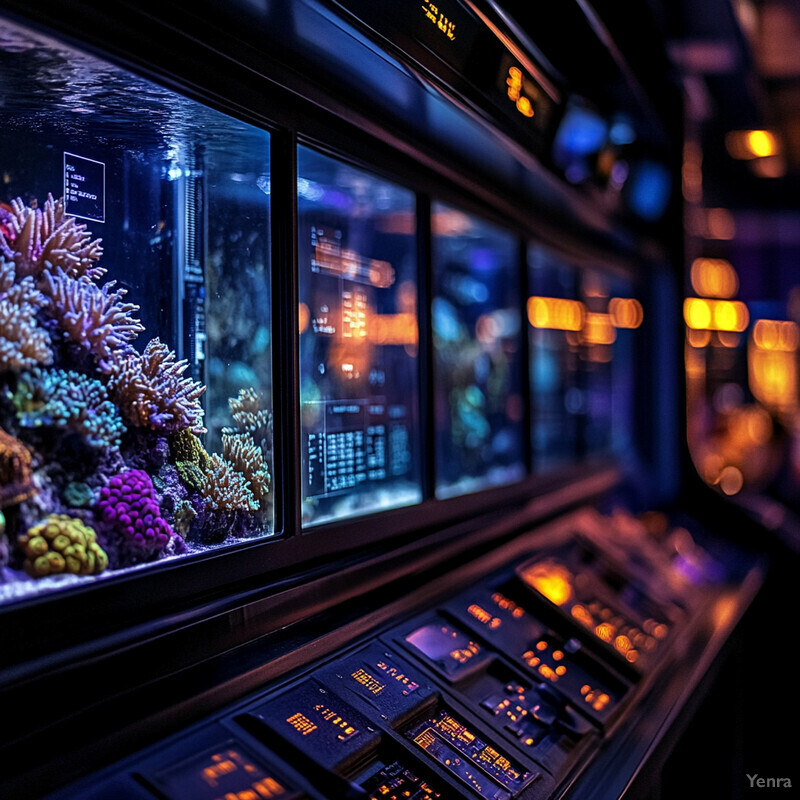
The importance of proper photoperiod is backed by research – in a controlled experiment with juvenile crayfish, individuals kept under an optimized 18-hours light/6-hours dark cycle had higher survival and better growth than those under shorter or constant light regimes. This indicates that tailoring the light schedule to match a species’ natural habits (which AI can automate) measurably improves health and stress resistance.
7. Smart Filtration Management
AI brings intelligence to aquarium filtration systems, continually adjusting them for peak water quality and efficiency. Rather than running filters at a constant setting, the AI examines data like water cloudiness (turbidity), waste levels, and bio-load (fish biomass) and then tweaks filter operation accordingly. For example, after a heavy feeding or if debris is detected, the system might temporarily increase the flow rate or activate additional filter modules to quickly clear the water. Conversely, during periods of low waste (say overnight when fish are inactive), it could dial back flow to save energy and avoid over-filtering. AI can also optimize backwashing or cleaning schedules for canister and sump filters – initiating a self-cleaning routine only when sensors indicate the filter media are clogged, rather than on a fixed schedule. This ensures filters are always performing at their best and extends the life of filter media by avoiding unnecessary cleanings. Ultimately, smart filtration maintained by AI results in crystal-clear water with minimal manual maintenance, lower energy use, and stable parameters (ammonia, nitrite, nitrate) because the filtration effort is matched precisely to the tank’s needs in real time.
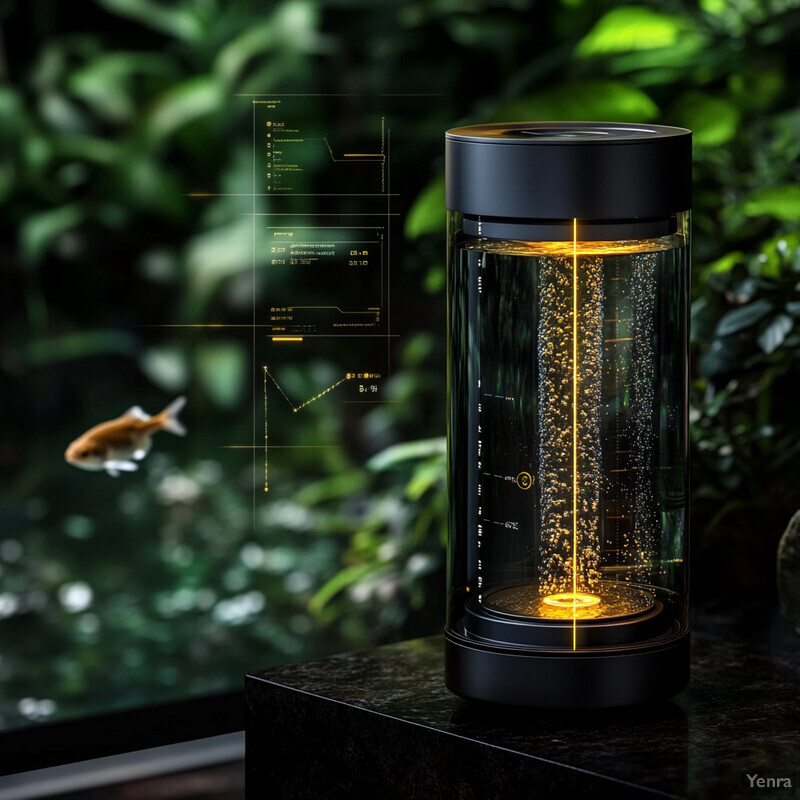
Effective filtration is critical to prevent toxic buildup – without proper biological filtering, aquarium ammonia can spike to lethal levels in days. (The U.S. EPA classifies ammonia concentrations above 17 mg/L as acutely dangerous to aquatic life.) AI-managed filters help ensure ammonia and other wastes never approach such thresholds by continuously removing waste and converting ammonia to safer nitrate.
8. Automated Temperature Regulation
Temperature stability is paramount for aquarium creatures, and AI-driven temperature control keeps the water temperature rock-steady. Intelligent thermostats linked to heaters, chillers, and fans learn how the tank’s temperature responds to changes (for instance, how quickly it cools at night or heats under tank lights). Using this knowledge, the AI anticipates fluctuations – if a cold night is expected, it might gently pre-warm the water to prevent a drop, or it might cycle a chiller in advance of a hot afternoon. The system can maintain temperature within a very tight band (often within fractions of a degree of the set point), far tighter than traditional on/off thermostats. This level of consistency reduces stress on fish, as many species (especially tropical coral reef fish or sensitive invertebrates) can be shocked by even a few-degree change. Furthermore, AI can adapt to seasonal needs – perhaps running at a slightly cooler setting in winter to mimic natural cycles for breeding stimulation, if that’s part of a care profile. If any equipment fails (heater stuck on, etc.), the AI also detects the anomaly (temperature rising too fast) and can shut it off and alert the owner. Overall, automated temperature regulation by AI keeps the aquarium climate in the ideal zone at all times, promoting healthier, more active animals.
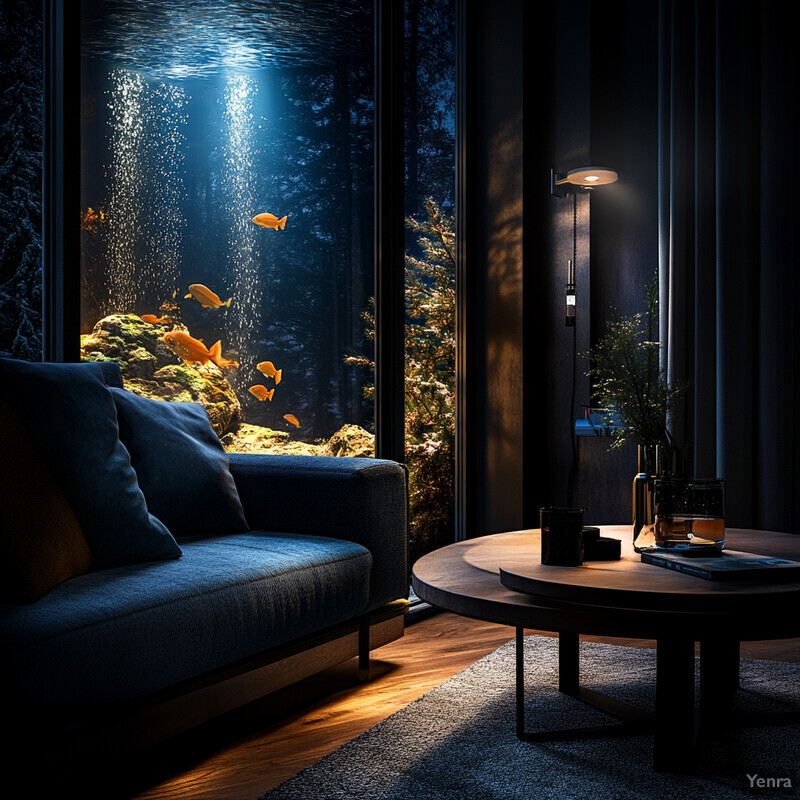
Fish are extremely sensitive to temperature deviations. A study on tropical reef fish showed that juveniles kept at 18°C (colder than their normal range) experienced up to a 6-fold reduction in growth, feeding rate, and swimming ability compared to those kept at a warm 26°C. Such findings underscore why precise temperature control – avoiding even moderate drops – is crucial for maintaining normal metabolism and health.
Djurichkovic, L.D., Donelson, J.M., Fowler, A.M., & Booth, D.J. (2019). The effects of water temperature on the juvenile performance of two tropical damselfishes expatriating to temperate reefs. Scientific Reports, 9, Article 13937.9. Algae Growth Control
AI assists aquarists in the perpetual battle against unwanted algae by monitoring early indicators and adjusting conditions to curb algae growth. Using camera analysis, the AI can detect tiny patches of algae or changes in water transparency/color that precede an algal bloom. It cross-references this with data on nutrient levels (nitrate, phosphate) and lighting. If algae proliferation is likely, the system takes preventative action: for example, slightly shortening the daily light period or reducing light intensity, dosing an algaecide in safe micro-amounts, or ramping up filtration/UV sterilization to remove spores. It can also notify the owner with pinpoint info (e.g. “diatom algae starting on front glass”). By acting early, the AI prevents minor algae spots from exploding into tank-covering blooms. Over the long term, it “learns” the aquarium’s tendencies – perhaps in one tank excess phosphates are the cause, so it focuses on that, whereas in another, too long lighting is the issue. It constantly balances having enough light and nutrients for fish, plants, and corals to thrive, but not so much that nuisance algae take over. In short, AI gives aquarium keepers a powerful, automated means to keep algae in check, maintaining clear water and clean surfaces with far less manual scrubbing and reactive treatments.
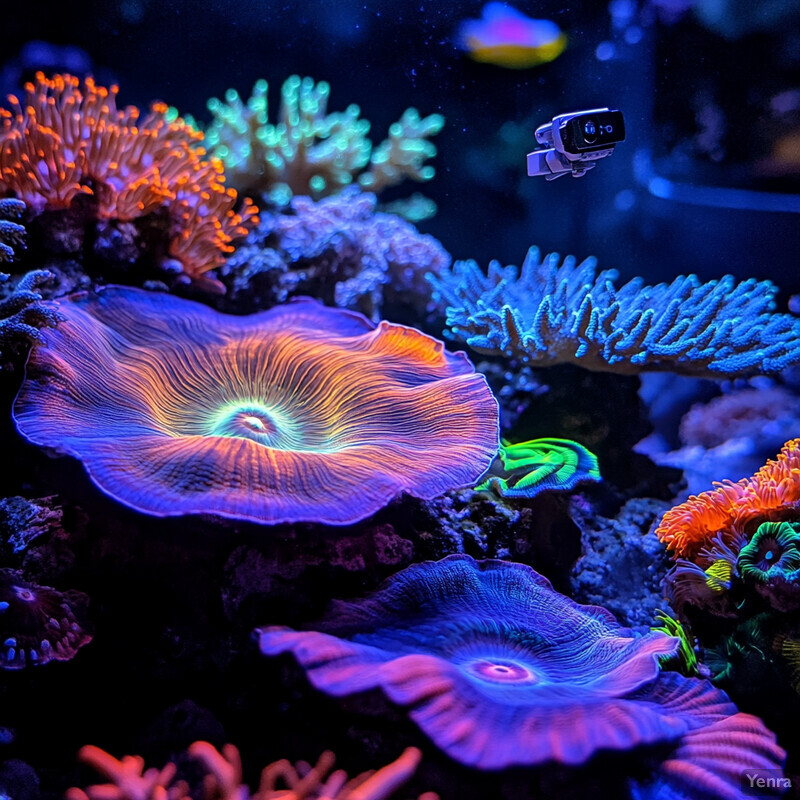
Excess nutrients are a primary driver of algae blooms – for instance, environmental guidelines suggest keeping phosphate levels below about 0.1 mg/L to prevent rampant algal growth in aquatic systems. AI systems help achieve this by fine-tuning feeding and filtration to minimize phosphate buildup, thus substantially reducing the risk of runaway algae in aquariums.
10. Nutrient Dosing Optimization
In advanced reef aquariums and planted tanks, AI optimizes the dosing of fertilizers and trace elements to exactly meet the ecosystem’s needs. Rather than relying on a fixed dosing schedule, the AI learns how fast corals or plants in the tank consume calcium, magnesium, KH buffer, iron, and other nutrients. It might use sensors (for water chemistry) and even visual cues (observing coral color intensity or plant growth rate) to gauge nutrient uptake. Then it adjusts dosing pumps to deliver just the right amounts each day – preventing deficiencies that stunt growth, but also avoiding overdoses that can destabilize water chemistry. This results in steady, ideal levels of nutrients: corals have sufficient calcium and carbonate to build their skeletons, plants have enough nitrates/phosphates to grow lushly, but the water never accumulates excess that could fuel algae or cause toxicity. AI dosing is also adaptive: if coral growth increases (e.g., new corals added or rapid summer growth), the system will automatically ramp up supplement doses to match; if growth slows, it eases off the dosing to maintain balance. By customizing the additions to the aquarium’s unique consumption patterns, AI ensures a stable chemical environment and vibrant growth of corals and plants, all without daily guesswork or manual testing by the aquarist.

Maintaining proper water chemistry is vital for coral health – studies have shown that if carbonate and calcium levels fall well below natural seawater values, coral calcification can plummet by roughly 30–40%, severely impairing reef growth. AI dosing systems prevent such drops by continuously fine-tuning mineral levels, thereby sustaining robust coral skeleton formation.
11. Waste Management and Cleanup Scheduling
An aquarium constantly accumulates waste – fish feces, uneaten food, decaying plant matter – and AI systems ensure this waste is removed efficiently through smart scheduling of cleanups. Instead of sticking to a rigid weekly gravel vacuum or filter cleaning routine, the AI tracks waste buildup indicators in real time (water turbidity, ammonia levels, or even visual dirt detection on the substrate). It then deploys cleaning actions right when they’re needed. For example, it might activate an automatic gravel vacuum or a robotic tank scrubber when waste reaches a threshold, often during times that least disturb the fish (like late night). If the bio-load is high (lots of fish or heavy feeding), the AI will schedule cleanings more frequently; if it’s a light-load tank, it will scale back to avoid unnecessary disruption. This on-demand approach keeps the aquarium much cleaner than a fixed schedule would. Additionally, by not over-cleaning, it preserves beneficial microbes in the substrate and filters. The AI can also coordinate partial water changes as part of waste management, timing them after feeding events or when nitrate levels rise. Overall, AI-driven waste management maintains top-notch water clarity and low pollutant levels with minimal manual effort, and it does so in a way that is responsive to the tank’s actual conditions.
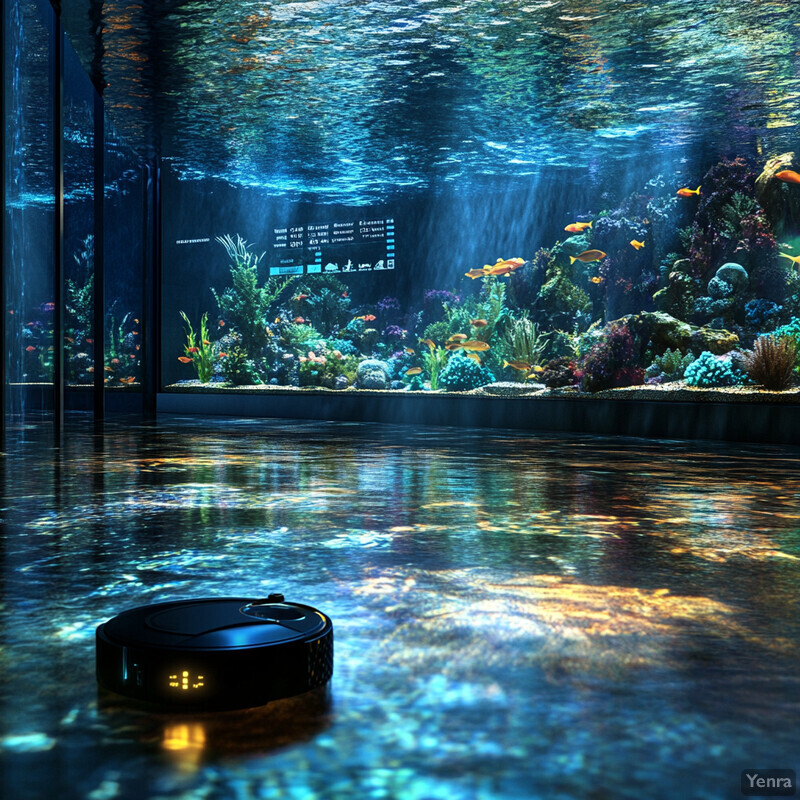
Fish produce a substantial amount of solid waste – approximately 30% of the feed given in aquaculture ends up as waste (uneaten food plus feces) that must be removed from the system. This highlights why intelligent, timely cleanup is so important: without efficient waste removal, toxins would quickly accumulate and foul the water.
12. Population Health Tracking
AI can individually identify and track every fish in the aquarium, essentially giving each a profile in a “health database.” By using pattern recognition (spot patterns, body shape, coloration), the system knows which fish is which, even in a large group. It continuously logs data for each animal – growth rate (through periodic size measurements via camera), feeding habits, and social interactions. If one fish starts losing weight or eating less, the AI raises a flag for closer observation or intervention. It can also note if a particular fish is getting bullied or hiding constantly (indicating social stress) by analyzing spatial behavior over time. For breeding populations, AI tracking helps monitor gender ratios, mating, or the emergence of fry. Essentially, it provides detailed population demographics and health metrics at a glance – something previously only practical in large aquaculture operations but now available even to hobbyists through AI. In public aquariums or breeding facilities, this is invaluable for early detection of issues like disease in a specific subgroup or overcrowding. By having a continuous pulse on each fish’s condition and the group dynamics, aquarists can ensure the overall population remains balanced, with prompt care given to any individuals in need, thereby improving survival and welfare in the tank.
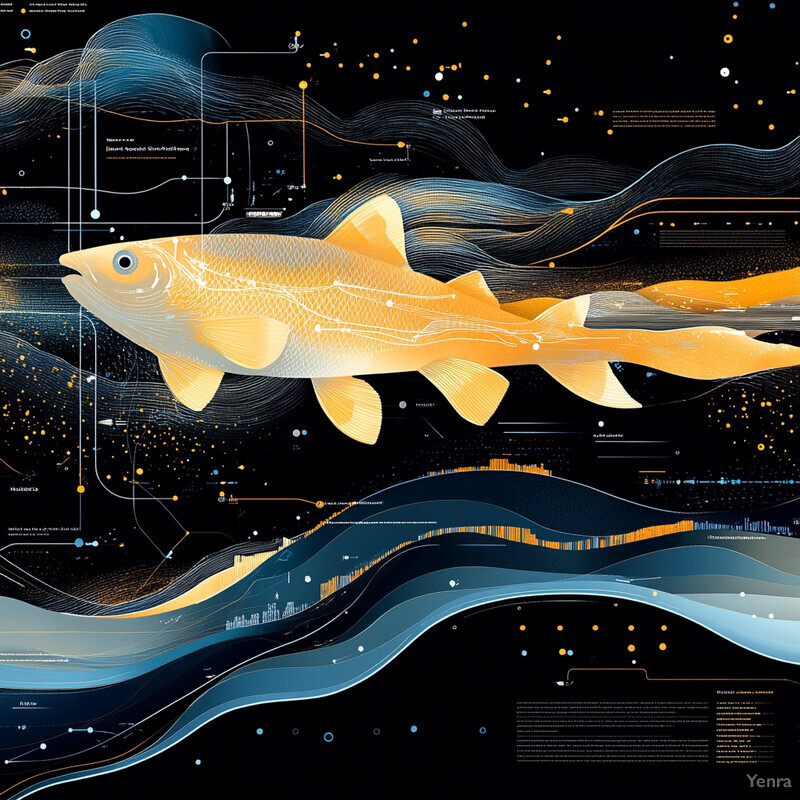
AI vision systems now rival human observers in monitoring fish populations. For example, an AI nicknamed “Salmonvision” was tested on wild salmon runs and could detect and count migrating salmon with over 90% accuracy (for certain species) compared to manual counts by fisheries biologists. This level of precision in identifying individual animals and tallying them shows that similar technology can reliably track fish numbers and sizes in aquariums as well.
13. Coral Health Monitoring
AI assists aquarists in keeping a close eye on the health of corals, which can be as sensitive as they are beautiful. High-definition cameras under AI supervision constantly examine each coral colony’s color and structure. Because corals often exhibit stress through subtle color bleaching or reduced polyp extension, the AI is trained to quantify these features – it knows the “normal” vibrant color and how far polyps usually extend when the coral is happy. If it detects even a slight paling (a precursor to bleaching) or that polyps aren’t coming out as much during the day, it alerts the caretaker that the coral might be stressed by something (lighting, temperature, water chemistry). AI can also measure coral growth rates by comparing 3D scans or images over time, so one can see if calcification has slowed (another potential issue sign). By correlating any changes with water parameters and recent events (like a temperature spike), AI not only flags the problem but can sometimes suggest the cause (e.g., “Coral X shows 10% color loss, possibly due to last week’s temperature fluctuation”). This enables very targeted interventions – adjusting lighting, flow, or dosing supplements – to nurse corals back to full health before they bleach or recede significantly. In essence, AI serves as a diligent coral reef caretaker, noticing minute health changes in sessile organisms that might otherwise go unnoticed until too late.
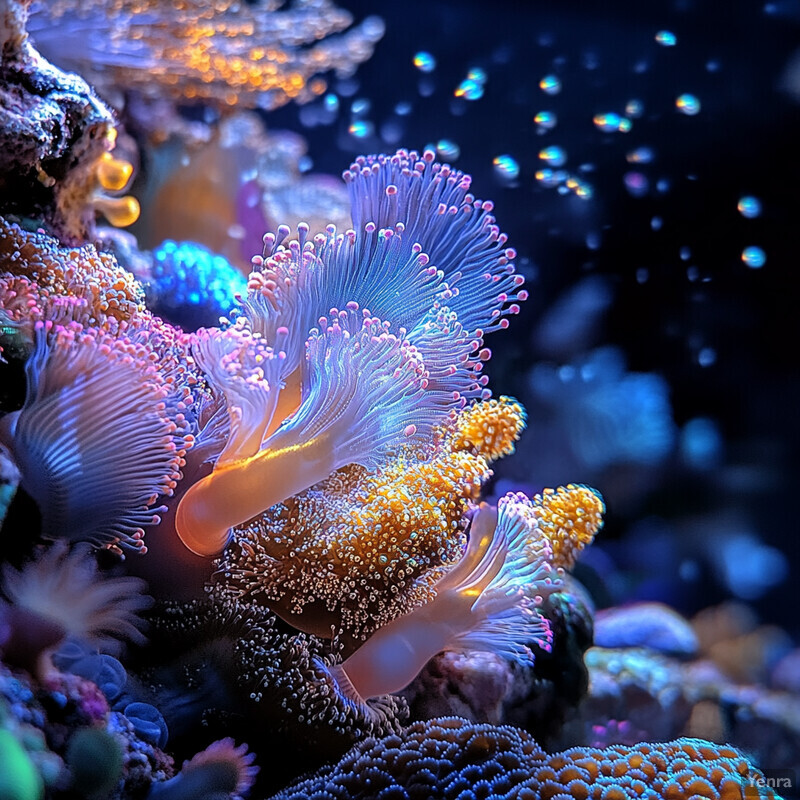
Vision-based AI tools can evaluate coral conditions with impressive accuracy. A notable system, CoralNet, can automatically classify and assess benthic images (distinguishing live coral, algae, etc.) with about 85–90% agreement to expert human biologists. This capability means AI can reliably monitor coral coverage and detect changes (like bleaching or algae overgrowth on corals) nearly as well as trained professionals doing manual surveys.
14. Disease Outbreak Prevention via Predictive Analytics
Rather than reacting to diseases after fish start getting sick, AI predictive analytics allows aquarium keepers to stay one step ahead of potential outbreaks. The system analyzes an array of data – water quality trends, fish behavior, feeding patterns, and even external factors like seasonal temperature changes – to identify conditions that historically precede disease issues. For instance, if warmer temperatures and slightly elevated ammonia have in the past led to ich (a common parasite) in the tank, the AI will recognize when a similar pattern is emerging and issue an alert or take preventative measures (such as a preemptive water change, slight cooling, or adding a salt dose to ward off parasites). In larger scale use (like aquaculture or public aquariums), these models might incorporate years of data and even epidemiological information about regional fish diseases to forecast a risk level (“disease risk is high this week”). This early warning gives the aquarist the chance to implement preventive steps – improving filtration, adjusting pH, boosting fish immune function with vitamins, or quarantining new additions – before an outbreak explodes. Essentially, the AI acts like a meteorologist for fish health, warning of the “storm” before it hits. This not only saves fish lives but also reduces the need for medications and antibiotics, since problems are avoided or caught at a very early stage.
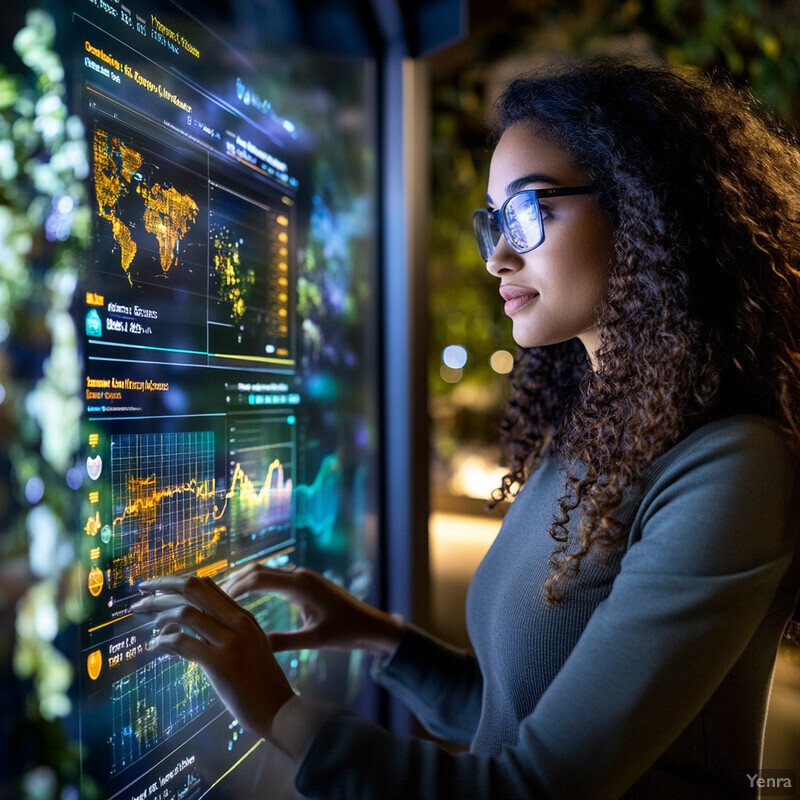
The stakes are high – certain aquatic diseases can decimate stocks virtually overnight. For example, White Spot Syndrome in shrimp can cause nearly 100% mortality within days of an outbreak in a farm pond. AI prediction systems aim to prevent such catastrophic events by detecting subtle warning signs in advance, so interventions can be made to avert the full-blown disease.
15. Invasive Species Control
In both aquarium hobbyist contexts and large public exhibits, AI can help identify and manage invasive or unwanted species that slip into the system. In a home aquarium, this might mean detecting hitchhiker pests like parasitic anemones (Aiptasia) or invasive snails by using image recognition – alerting the owner to “unusual organism detected on rock” so they can remove it promptly. In big aquariums or aquaculture, AI might analyze camera feeds and water samples for any signs of foreign species (like larvae or unusual algae) and immediately flag their presence. If an invasive organism is found, the system can guide targeted responses: for instance, focusing UV sterilization or chemical treatment in the affected area of a tank, or adjusting salinity/temperature briefly to conditions that stress the invader but not the main display species. Moreover, in outdoor ponds or research facilities, AI might cross-check species detected vs. a known list of approved species, to catch any escapee or newcomer (perhaps delivered via live rock or plants). By catching invasive species early – before they breed or spread – the AI-assisted approach prevents them from establishing a foothold. This is crucial because once an invasive is well established, it can be very difficult to eliminate without tearing down the tank. Thus, AI acts as a bio-security officer for the aquarium, providing peace of mind that any unwelcome critter will be swiftly noticed and can be eradicated before it causes harm to the ecosystem.
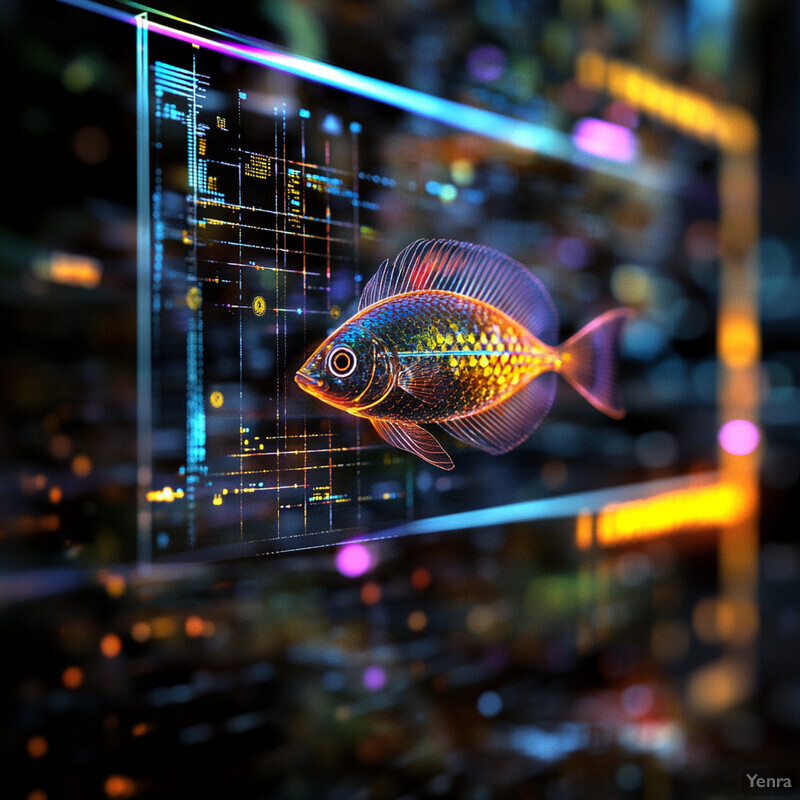
The threat posed by invasive species is very real – in the wild, an invasive predator can drastically upset ecosystem balance. A dramatic example is the Indo-Pacific lionfish in the Atlantic: studies have found lionfish predation can reduce native juvenile fish populations on a reef by 79% within just a few weeks. Such data underscore why rapid detection and removal of an invasive (analogous to a lionfish in a closed system) is critical, and AI expedites that early detection.
16. Energy Efficiency Optimization
Aquariums can be energy-intensive with their pumps, heaters, and lights – AI helps trim this energy usage without compromising the habitat. By learning the daily and seasonal patterns of the aquarium, the AI finds opportunities to save power. For instance, it might slightly lower the flow rate of circulation pumps at night when fish are less active and high flow isn’t as necessary, or dim lights a bit earlier if it “knows” no one is viewing the tank late in the evening. It coordinates systems so that they aren’t all running at 100% simultaneously unless needed. If the room ambient temperature is warm one day, the AI could give the heater a break and let the temperature float down just a fraction within safe range, saving heating energy. It also staggers high-draw equipment start times to avoid power surges. Over time, these optimizations significantly reduce electricity consumption and heat output. Many AI-managed aquariums see lower utility bills and a smaller carbon footprint. This is achieved while still maintaining excellent conditions for the fish – the AI makes sure any energy-saving measure stays within the acceptable range for water parameters and animal comfort. In summary, AI turns the aquarium into a smart energy-conscious system that automatically “balances the budget,” delivering the needed performance for life support at the minimum energy cost.
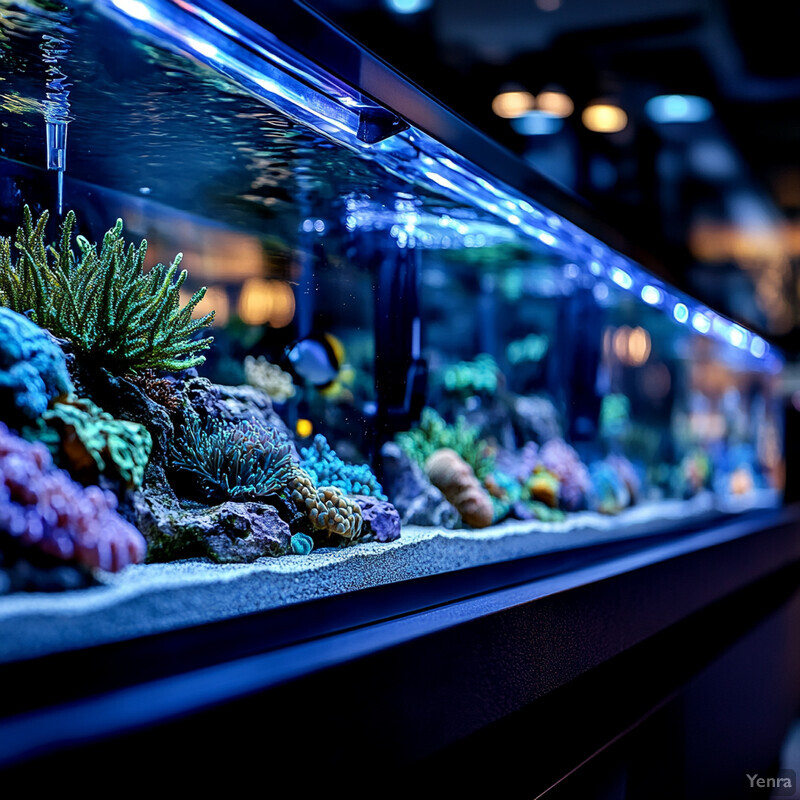
There is clear evidence that smart control can yield substantial energy savings. In the aquarium industry, the uptake of energy-efficient technology is growing – for example, sales of new high-efficiency filtration units (often used with AI controllers) jumped 27% as owners seek to cut power usage. This trend reflects that optimizing pump and filter operations (a key task of AI energy management) is recognized to slash electricity consumption while keeping aquariums healthy.
17. Automated Water Changes
Regular water changes are one of the most important yet labor-intensive tasks in aquarium maintenance – AI makes this process automatic and finely tuned. Instead of the aquarist having to remember to do weekly partial water changes, the AI system decides when and how much water to change based on real-time measurements. It monitors nitrate levels, water conductivity, and other waste buildup indicators; when these drift above optimal, the AI triggers a water change at the next convenient window. The water change can be small and frequent (e.g. a few percent of volume daily) to maintain very stable chemistry, which is gentler on fish than large infrequent changes. The AI controls pumps and valves to drain a precise amount of old water and refill with conditioned new water at the same temperature, all without human intervention. It also ensures that water changes don’t occur at times of other stresses (avoiding overlapping with feeding time or when lights are off). By automating this, the tank always gets fresh water exactly when needed – preventing the accumulation of nitrates, phosphates, and dissolved organics that can plague aquariums. Fish and plants benefit from consistently low pollutants and stable pH/KH, and the aquarist benefits from not hauling buckets. Additionally, the AI can adapt to special situations: if a parameter spikes or a medication needs removing, it can perform an extra water change; during times of scarcity (if the source water is limited), it can stretch intervals a bit but still prioritize animal safety. Essentially, AI ensures the aquarium gets the “refresh” it requires for optimal water quality with minimal oversight.
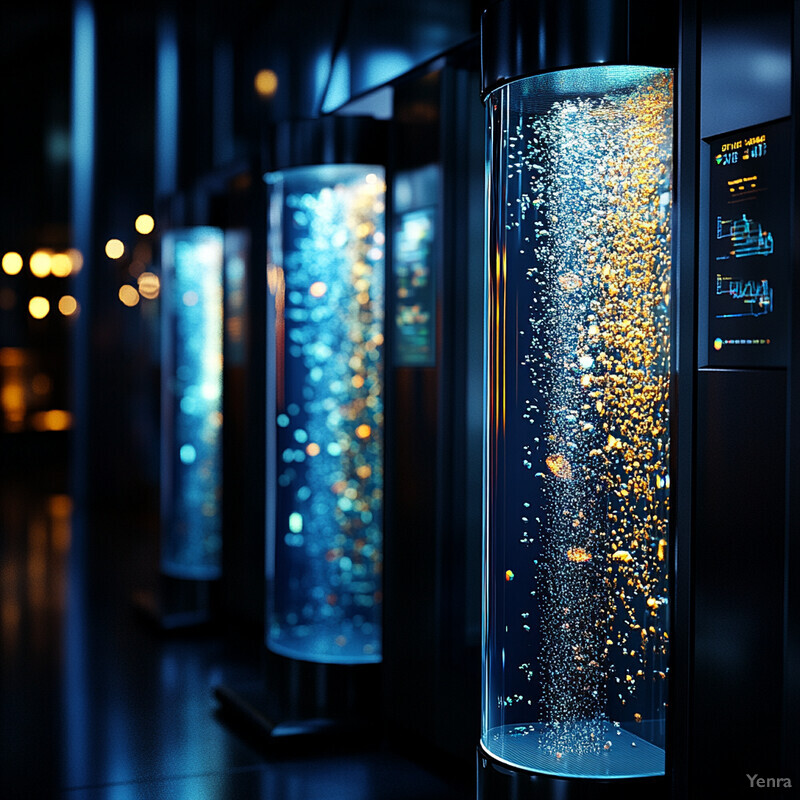
Without regular water changes, aquariums can quickly accumulate harmful levels of nitrates and other pollutants. Tests have shown that in a well-stocked tank, nitrate (a end-product of fish waste) can climb from 0 to over 50 mg/L in just a few weeks with no water changes, whereas routine partial water replacements keep nitrate typically under 20 mg/L, a much safer range for most fish. Automated water change systems ensure that these toxins are consistently diluted, maintaining water quality in the safe zone.
18. Equipment Failure Prediction
Filtration pumps, heaters, chillers, and lights are the life support of an aquarium – if one fails, it can be disastrous. AI-based predictive maintenance keeps tabs on the “vital signs” of this equipment to predict failures before they happen. The AI monitors metrics like pump motor noise or vibration (via sensors), flow rate, wattage draw, and even subtle changes in water temperature trends that might indicate a heater underperforming. By learning the normal baseline for each device, the system can detect anomalies: for example, a return pump starting to vibrate more than usual (perhaps due to wear or clogging), or a heater taking longer than normal to heat (a sign it might be failing). Once such patterns are spotted, the AI alerts the owner to service or replace the component before it outright breaks. In some cases, the AI might even trigger a backup system – like turning on a spare heater or aerator – if it projects an imminent failure. This predictive approach greatly reduces the chance of sudden crashes, like a filter pump dying unnoticed overnight. It also allows for scheduled maintenance when it’s convenient, rather than emergency fixes. In essence, AI gives aquarium equipment a form of self-diagnostic ability, drastically improving reliability. The fish benefit from a stable environment with far fewer interruptions (no more unexpected heater breakdown causing a cold tank, for instance), and the aquarist avoids losses and costly emergencies. It’s the equivalent of having a mechanic always on duty, making sure all systems stay GO.
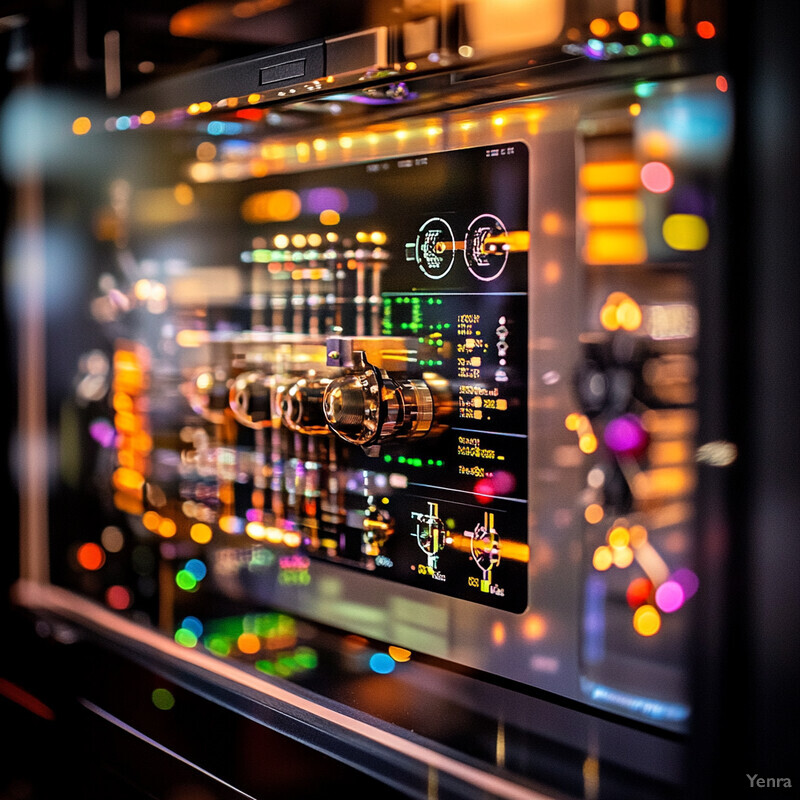
Proactive monitoring of equipment pays off – industry data shows that predictive maintenance programs (which AI now provides for aquariums) can reduce unexpected equipment failures by up to 70%, and lower overall maintenance costs by around 25–30%. Applying this to aquariums means far fewer incidents like pumps burning out or heaters sticking on, and significant savings on repairs in the long run.
19. Customizable Care Profiles
Every aquarium setup has different goals – breeding a species, growing out vibrant corals, or minimizing upkeep in a display tank. AI allows the user to define specific “care profiles” tailored to these objectives, and then automatically manages the tank according to those profiles. For instance, an aquarist can select a “Discus Breeding” profile: the AI will maintain higher water temperature, very soft water, frequent water changes, and heavy feeding to condition the fish for spawning. Or a “Low-Tech Planted” profile might mean slightly cooler water, reduced surface agitation (to retain CO₂), and a certain light spectrum to favor plant growth over algae. Once the profile is set, the AI continuously adjusts all parameters to meet those criteria – effectively creating a custom habitat. The user can also tweak settings within profiles (say, to fine-tune the pH for a specific species) and the AI will ensure all equipment cooperates to achieve it. This feature is incredibly useful for keepers of specialized species like certain shrimp or reef-building corals that have narrow environmental needs. It’s also helpful for public aquariums that might change exhibits – they can load a profile for an Amazon biotope vs. an African rift lake, and the system shifts temperature, pH, hardness, etc., accordingly over a safe period. Custom profiles mean the aquarium’s conditions are no longer one-size-fits-all but are instead optimized for the exact inhabitants and goals at hand. It’s like having a tailored husbandry plan implemented round-the-clock by a tireless expert.
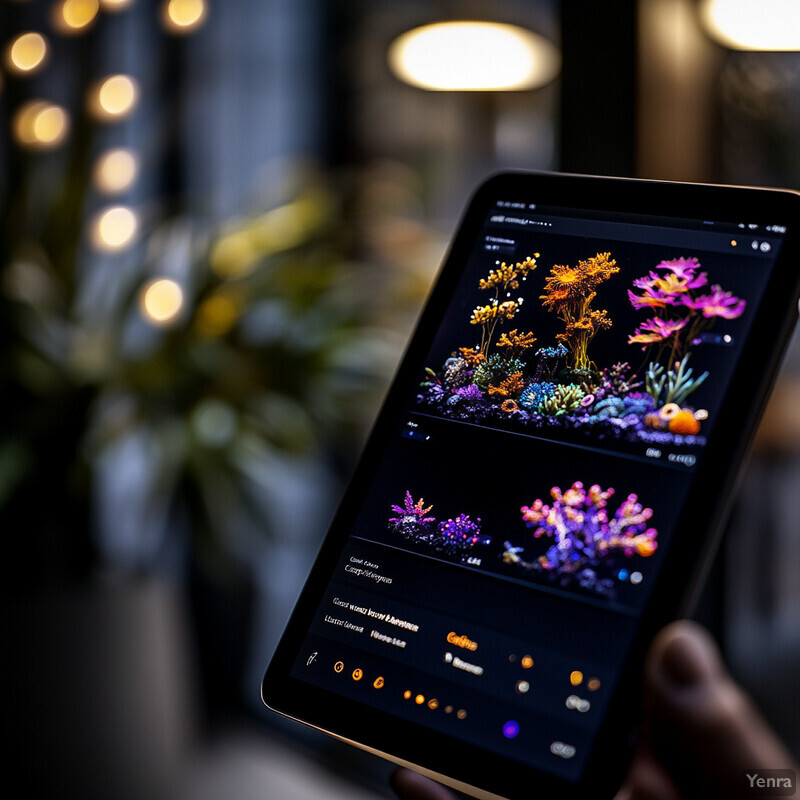
Tailoring environmental conditions to the species’ needs has measurable benefits. In salmon aquaculture, for example, using customized light and temperature profiles to delay maturation yields roughly 15% greater harvest weights, as fish continue growing instead of diverting energy to reproduction. This illustrates how adjusting husbandry parameters (which AI can automate via profiles) directly improves growth and outcomes – similarly, hobbyists have found that species-specific settings (like warmer, softer water for breeding discus) dramatically increase success rates compared to generic tank conditions.
20. Remote Monitoring and Control
AI-driven aquariums come with the convenience of full remote access – the owner can monitor and manage their tank from anywhere in the world through a smartphone or computer. The AI continuously runs the show locally, but it also feeds a cloud dashboard that the user can check in real time: current water parameters, live video of the fish, and any alerts or changes made. If something needs adjusting (maybe feeding a bit more for a new fish addition or raising the temp a notch), the aquarist can do it with a few taps on their phone, and the AI will carry out those instructions immediately. This means if you’re on vacation or simply away at work, your aquarium’s well-being isn’t left to chance – you get peace of mind by seeing everything is in order, and if it isn’t, the AI likely has already taken initial action and notified you. Remote control also allows for quick responses to unforeseen events; for instance, if a power outage occurs, you can remotely trigger backup systems or verify that the AI has switched to battery-operated air pumps. Additionally, AI learns your preferences – maybe you like the lights a bit dimmer in the evening for viewing – and can integrate voice commands or schedules via smart home systems. The end result is a truly “smart” aquarium that not only runs itself, but keeps you connected to it 24/7. This level of accessibility and control greatly reduces the traditional worries of aquarium keeping (like missing a problem until you get home) and makes the hobby more compatible with busy, mobile lifestyles.
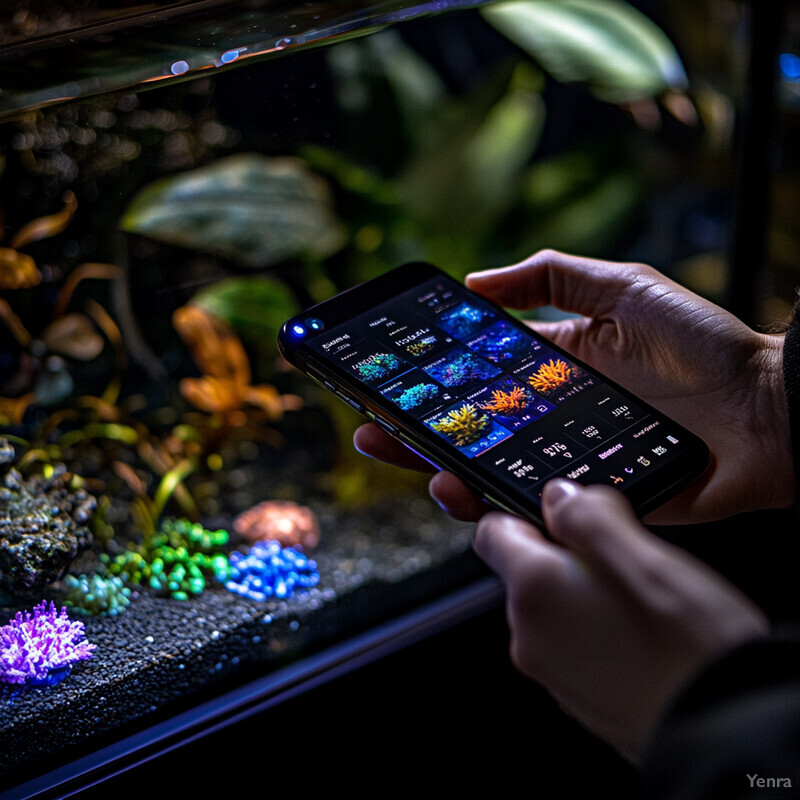
The popularity of app-controlled, smart aquarium technology has surged. The global smart aquarium devices market was valued around $1.6 billion in 2024 and is projected to exceed $4 billion by 2033, reflecting how quickly aquarium owners are embracing remote monitoring and automation capabilities.